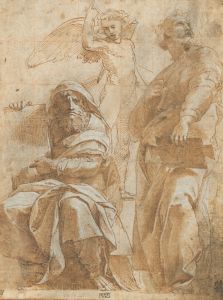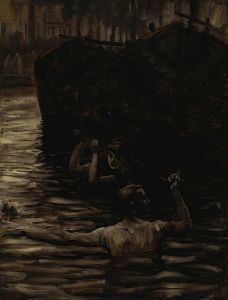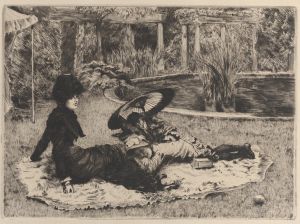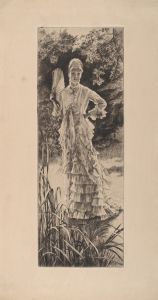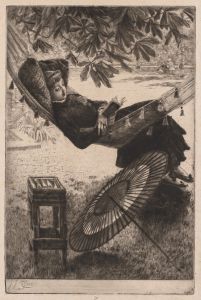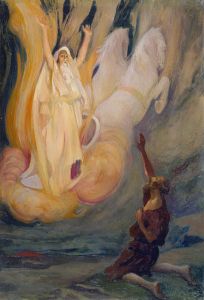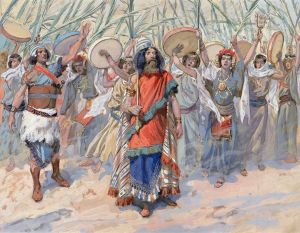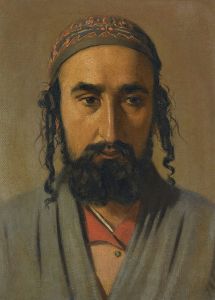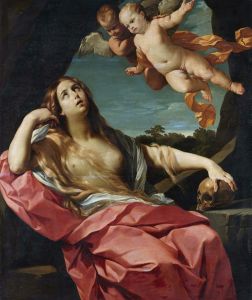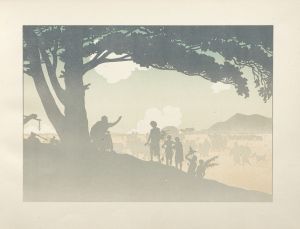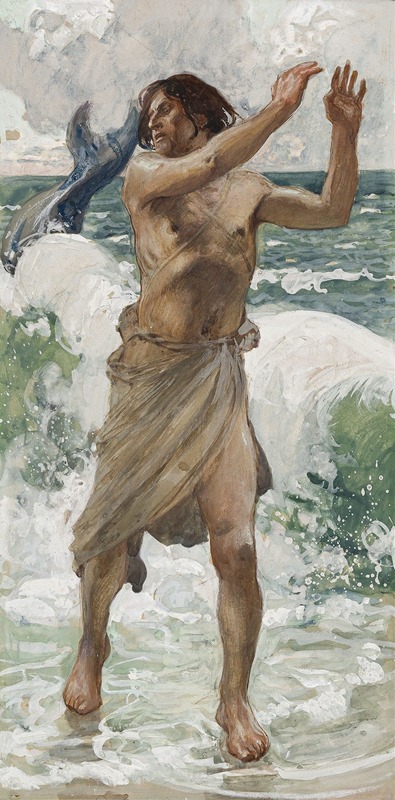
Jonah
A hand-painted replica of James Tissot’s masterpiece Jonah, meticulously crafted by professional artists to capture the true essence of the original. Each piece is created with museum-quality canvas and rare mineral pigments, carefully painted by experienced artists with delicate brushstrokes and rich, layered colors to perfectly recreate the texture of the original artwork. Unlike machine-printed reproductions, this hand-painted version brings the painting to life, infused with the artist’s emotions and skill in every stroke. Whether for personal collection or home decoration, it instantly elevates the artistic atmosphere of any space.
James Tissot's painting "Jonah" is a notable work by the French artist, who is renowned for his detailed and evocative biblical illustrations. Tissot, born Jacques Joseph Tissot in 1836, initially gained fame for his depictions of fashionable Parisian society. However, in the latter part of his career, he experienced a profound religious awakening that led him to focus on biblical themes. This shift in artistic focus resulted in a series of works that sought to bring the stories of the Bible to life with historical accuracy and vivid detail.
"Jonah" is part of Tissot's ambitious project to illustrate the Bible, which he undertook after his travels to the Middle East in the late 19th century. These travels were instrumental in shaping his approach to biblical subjects, as they provided him with firsthand experience of the landscapes, architecture, and cultural contexts of the regions described in the scriptures. Tissot's dedication to authenticity is evident in his biblical series, where he meticulously researched and incorporated elements from his observations to enhance the realism of his depictions.
The painting "Jonah" illustrates the story of the prophet Jonah, a narrative found in the Hebrew Bible and the Christian Old Testament. The Book of Jonah recounts how Jonah is called by God to prophesy against the city of Nineveh. However, Jonah attempts to flee from this divine mission by boarding a ship bound for Tarshish. A violent storm arises, and Jonah is thrown overboard by the ship's crew, only to be swallowed by a great fish. After three days and nights in the belly of the fish, Jonah is vomited onto dry land, where he finally fulfills his prophetic duty.
Tissot's depiction of Jonah captures a moment from this dramatic tale, though the specific scene illustrated in the painting is not widely documented. Like many of Tissot's biblical works, the painting likely emphasizes the emotional and spiritual dimensions of the story, reflecting the artist's interest in conveying the human experience of divine encounters.
Tissot's biblical illustrations, including "Jonah," were published in a series of volumes titled "The Life of Our Lord Jesus Christ" and "The Old Testament," which gained significant acclaim for their artistic and scholarly contributions. These works were praised for their attention to detail and the way they brought biblical stories to life for contemporary audiences. Tissot's ability to blend historical research with artistic imagination allowed viewers to engage with these ancient narratives in a new and meaningful way.
Today, Tissot's "Jonah" and his other biblical paintings are appreciated not only for their artistic merit but also for their role in the broader context of 19th-century religious art. They continue to be studied and admired for their unique approach to depicting biblical history, combining Tissot's personal faith journey with his artistic talents.





